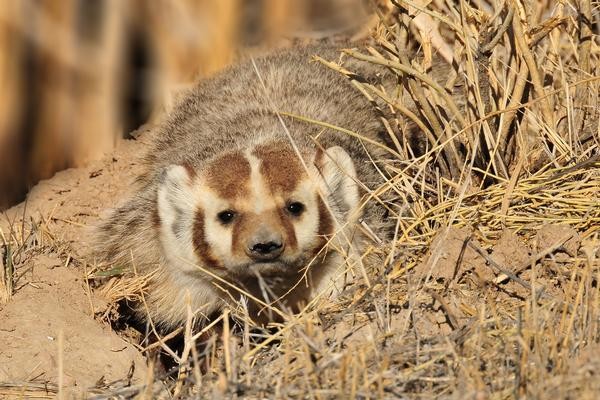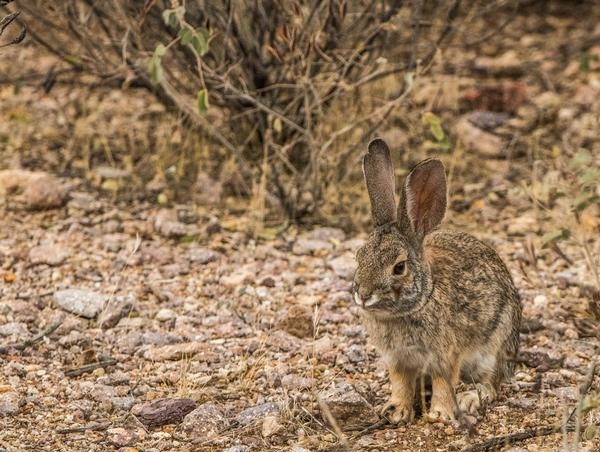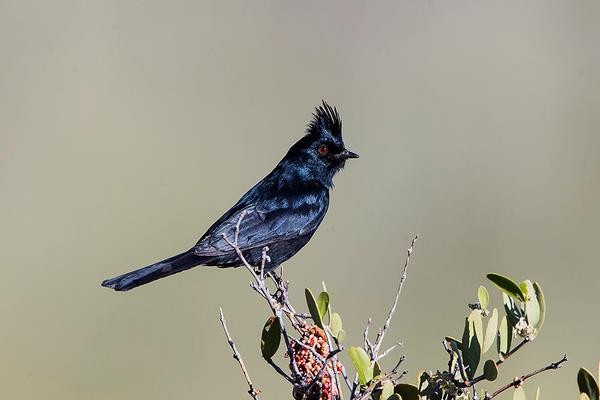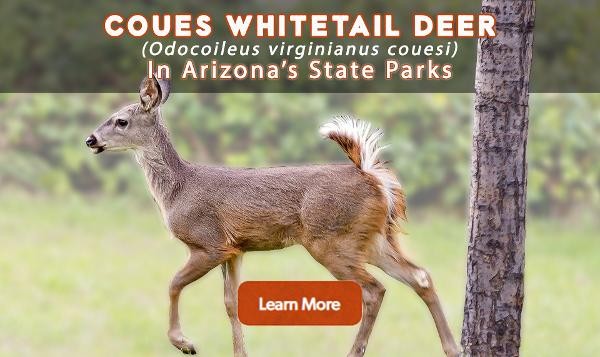We are currently working to improve the infrastructure at the park. Construction will be ongoing for the next year, with minimal impacts on visitor areas. Please stay clear of construction zones.
There is currently a water shortage at the park. No filling will be allowed.
Wildlife Viewing
The Sonoran Desert is teeming with life, a vibrant and diverse ecosystem that has adapted in remarkable ways to thrive in its harsh, arid conditions. Picacho Peak State Park offers a unique opportunity to witness this desert biodiversity up close. From elusive mammals to a fascinating array of reptiles, and an incredible variety of bird species, the park provides a natural haven for many of Arizona’s most iconic wildlife. Visitors can also discover a multitude of invertebrates that are vital to the desert’s ecosystem. The real wonder lies in how these species have evolved to flourish in what seems like an inhospitable environment, utilizing clever survival strategies to endure extreme temperatures and limited water resources.
For the best wildlife viewing experience, plan your visit between October and May, when the cooler temperatures make it easier to spot these desert inhabitants in their natural surroundings. Whether it’s the sight of a lizard basking on a rock, the call of a cactus wren, or the occasional glimpse of a desert fox, Picacho Peak offers year-round wildlife encounters that showcase the resilience and beauty of the Sonoran Desert's inhabitants. Don’t forget to stop by the Visitor Center for bird lists to help guide your adventure!
Mammals frequently seen include black-tailed jackrabbit, desert cottontail rabbit, round-tail ground squirrel, Harris antelope squirrel, rock squirrel, desert pocket mouse, Mexican free-tailed bat, kangaroo rat. Coyote, badger, skunk, raccoon, bobcat, desert mule deer, javelina, and kit fox are occasionally seen. Porcupine, antelope jackrabbit, ringtail cat, and mountain lion are rarely seen.
Reptiles frequently seen include western diamondback rattlesnake, gopher snake, garter snake, coach whip, common chuckwalla, zebra-tailed lizard, tree lizard, western banded gecko, and the side-blotched lizard. Tiger rattlesnake, Mojave rattlesnake, desert tortoises, and the regal horned lizard are infrequently seen. Gila monsters are rarely seen.
The Sonoran desert toad (an amphibian) has been spotted in the park during the monsoon season.
Invertebrates that can be seen at Picacho Peak include giant desert centipede, desert hairy scorpion, tailless whip scorpion, western black widow spider, and fiddleback spider. The most frequently seen invertebrates are probably the desert tarantula in the fall, and sun spiders and the bark scorpion year-round.
Featured Species
Desert Mule Deer

The Sonoran Desert is home to a specially adapted species of mule deer that is able to withstand the oppressive heat and low water availability during Arizona’s summer months. The desert mule deer, although seen infrequently within the park, at times delights visitors with an encounter. As year-round residents of Picacho Peak State Park, the desert mule deer avoid people by nature and can be tricky to spot. Try the following tips to increase your odds of seeing these beautiful desert dwelling mule deer.
Throughout the year, a majority of desert mule deer activity takes place around sunrise and sunset. By being on the trail early or late, park visitors will be in the field at the same time deer are most active. Constantly survey surroundings, look for movement, and if available, scan distant hillsides with a pair of binoculars. Seeing deer always adds a special something to a trip, sometimes you just have to work a little harder for the payoff.
Badger

Badgers are a mostly nocturnal park resident that, at times, are seen during the day by visitors. These mainly solitary creatures are carnivorous and help keep the rodent populations in check within the park. Badgers have large claws designed to dig and they utilize these assets for digging their burrows, and to extract their prey from their underground homes.
Badgers prefer not to encounter humans and will typically scurry off into their dens if they sense someone approaching. If confronted, they will charge to keep an intruder away from their den, so please admire these interesting little mammals from a distance while in the park! Arizona badgers do not hibernate, although they become mostly inactive during the cold winter months so your best chance to see one of these desert dwelling badgers is during the spring and summer.
Desert Cottontail

Desert cottontail rabbits can be seen with regularity within Picacho Peak State Park. They can be entertaining to watch and photograph as they go about their day feeding and socializing with other rabbits. To catch these guys in action, look for movement in the desert brush in the hours near sunrise and sunset.
Because the desert cottontail is on the menu for a list of predatory mammals and birds, they don’t stay in one place for too long and will retreat to cover if they feel threatened. Approach slowly while limiting your movement to a minimum to get within good camera range for a few photographs.
Birds
 Picacho Peak State Park is home to a large variety of resident and migratory bird species. Abundant varieties include vultures, hawks, doves, owls, hummingbirds, woodpeckers, flycatchers, jays, wrens, sparrows, finches, warblers, and many more. Some of the most commonly seen species include turkey vulture, red-tailed hawk, peregrine falcon, Gambel's quail, mourning dove, Gila woodpecker, gilded flicker, curve-billed thrasher, canyon towhee, house finch, common raven, cactus wren, and Costa’s hummingbird.
Picacho Peak State Park is home to a large variety of resident and migratory bird species. Abundant varieties include vultures, hawks, doves, owls, hummingbirds, woodpeckers, flycatchers, jays, wrens, sparrows, finches, warblers, and many more. Some of the most commonly seen species include turkey vulture, red-tailed hawk, peregrine falcon, Gambel's quail, mourning dove, Gila woodpecker, gilded flicker, curve-billed thrasher, canyon towhee, house finch, common raven, cactus wren, and Costa’s hummingbird.
Please refer to the bird list available at the contact station. This list is a fun guide to help visitors identify birds in the park and to check off those that have been encountered. Hit the trails with a small pair of binoculars while scanning the desert around you for movement. Your binoculars can be used to both find and identify bird species and really help accentuate your Arizona birding experience.




